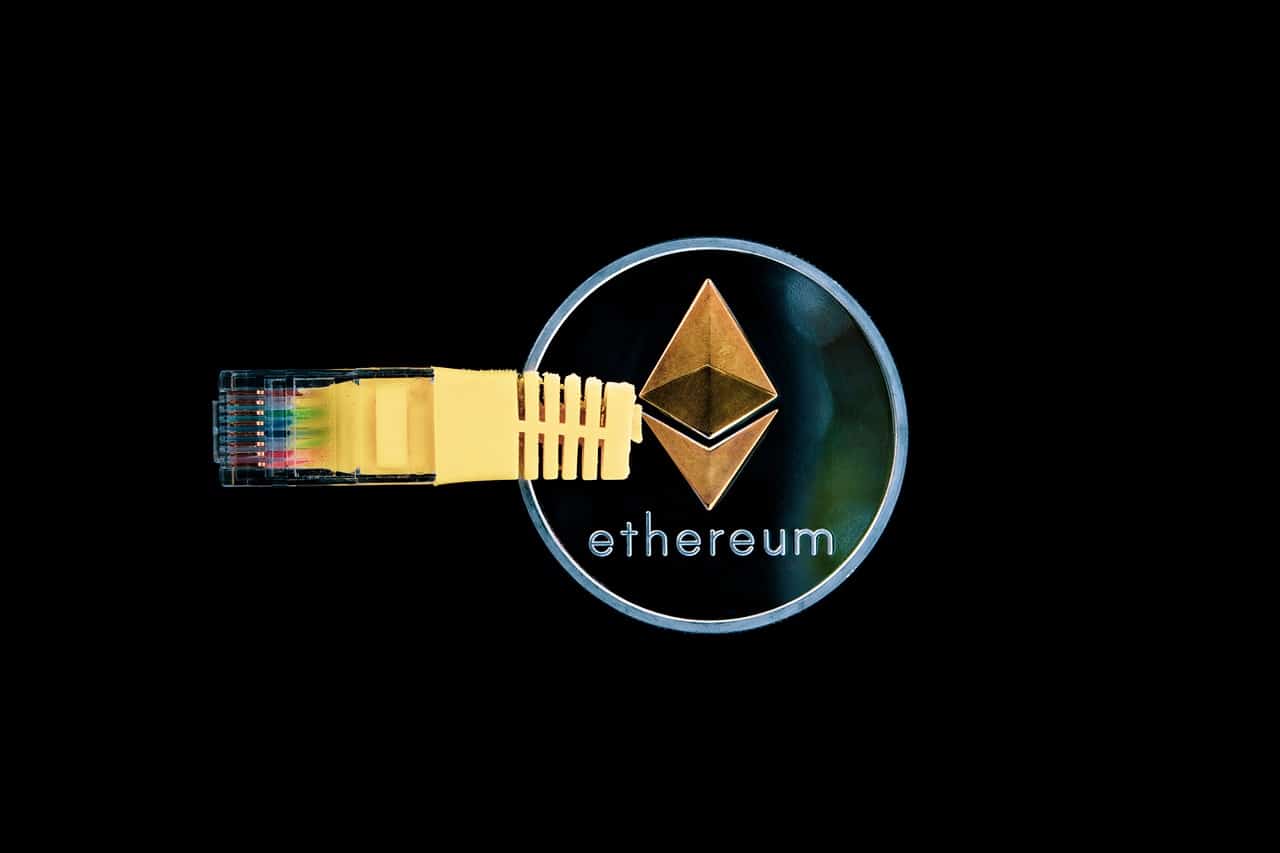Glassnode Bitcoin pacing back and forth, encountering resistance in its upward movement
Glassnode Bitcoin Stalling in its Upward Momentum, Struggling Against ResistanceAuthor: CryptoVizArt, Glassnode
Translation: Plain Talk Blockchain
Key points: Bitcoin’s strong uptrend encountered resistance this week, breaking to a new annual high of $44,500, then experiencing the third largest sell-off of 2023. Some on-chain pricing models indicate that the “fair value” based on investor cost basis and network throughput is lagging and may hover between $30,000 and $36,000 next. To cope with the strong price surge in recent months, Bitcoin short-term holders took profits off the table in statistically significant amounts, causing Bitcoin to pause its upward movement. The Bitcoin market made a round trip this week, opening at $40,200, then rebounding to a new annual high of $44,600, and subsequently experiencing a significant sell-off to $40,200 on Sunday evening. The uptrend to the annual high included two rebounds of over +5.0% per day (+1 standard deviation movements). The sell-off was similarly strong, with a drop of over $2,500 (-5.75%), marking the third largest single-day decline of 2023. As we reported last week, Bitcoin has performed exceptionally well this year, with a gain of over 150% since the beginning of the year, outperforming most other assets. Given this, it is crucial to closely monitor investors’ reactions to new accounting returns as the end of the year approaches.
1. Guiding cycles with on-chain pricing models
One useful toolset for navigating market cycles is investor cost basis, which is measured based on on-chain transactions from different groups. The first cost basis model indicator we consider is the realized price by active investors, which calculates Bitcoin’s relatively fair value based on our Cointime economic framework. The model applies a weighting factor to realized price based on the overall network’s supply tightness (HODLing). Large-scale hodling restricts supply and increases the estimated “fair value,” and vice versa. The chart below highlights periods where spot price trading is above the classic realized price (lower bound model) but below cycle historical highs. From this, we have some observations: historically, the time interval for successfully breaking the realized price and creating new ATH is 14 to 20 months (11 months thus far for 2023). The path to a new ATH always involves significant fluctuations of around ±50% around the realized price of active investors (shown as oscillator per cycle). If history is a guide, it will trace a roadmap of several months of fluctuations around this “fair value” model (currently around $36,000).
- LianGuai Observation | Upbit coin effect reappears, CTC surges nearly 4 times in a single day. What is special about Creditcoin?
- Gods Unchained was delisted by Epic, Immortal Game halted P2E development, and Web3 gaming still faces numerous challenges entering the mainstream.
- Gemini 2024 Cryptocurrency Trend Report Spot ETFs, Halving Cycles, AI and Cryptocurrency Integration…
The Mayer Multiple is another popular Bitcoin technical pricing model, simply describing the ratio between price and the 200-day moving average. The 200-day average is a widely recognized indicator for establishing macro bullish or bearish biases, making it a useful reference point for assessing overbought and oversold conditions.
From a historical perspective, overbought and oversold conditions are consistent with Mayer multiple values exceeding 2.4 or falling below 0.8.
The current value of the Mayer multiple indicator is 1.47, which is close to the level of 1.5, a level that typically acts as resistance in previous cycles (including the November 2021 ATH). Perhaps as an indicator of the severity of the bear market in 2021-22, it has been 33.5 months since breaking above this level, the longest period since the bear market of 2013-16.
Another perspective for evaluating the “fair value” of Bitcoin is to convert on-chain activity into the price domain using the NVT price model. NVT Price seeks to determine the fundamental valuation of the network based on its utility as a settlement layer denominated in US dollars.
Here, we consider the 28-day and 90-day variants, which provide fast and slow signals, respectively. During the typical transition phase from bear market to bull market, the 28-day variant tends to trade faster than the 90-day model, a situation that has been in effect since October.
NVT Premium can also be used to assess spot pricing relative to the slower 90-day NVT price. The recent rebound is one of the most intense peaks for the NTV premium indicator since the market peaked in November 2021. This suggests a potential “overvaluation” signal in the short term relative to network throughput.
2. Marginal Investors
Previously, we explored the significant impact of new investors (also known as short-term holders STH) in shaping short-term price movements (e.g., local tops and bottoms). Conversely, when the market reaches macro extremes, such as breaking new ATH or during painful capitulation events and bottom formation, the activity of long-term holders often has a greater influence.
To strengthen the impact of STH behavior, the following graph highlights the relationship between price changes (trends and volatility) and the profitability changes of this investor group:
STH Profit Supply: The number of “profitable” tokens held by STH, whose cost basis is lower than the current spot price.
- 30D-Floor: The minimum “profitable” STH token supply within the past 30 days.
- 90D-Floor: The minimum “profitable” STH token supply within the past 90 days.
These 30D and 90D indicators allow us to measure the proportion of “profitable” STH capital within different time windows. In other words, we can compare these traces to gauge how many STH tokens are in a “profitable” state within the past 30 days, between 30 and 90 days, and over 90 days.
Historically, the rebound of a new ATH has occurred when the 90-day holding indicator reaches over 2 million bitcoins, indicating that this group (strong investor base) holds for a moderate length of time. The rebound since October has primarily improved the 30-day variant, indicating that a solid STH (strong hands) foundation has yet to be established since trading levels above $30,000.
We also note that the traces in 2023 are relatively low compared to past cycles, which reinforces the relative supply tightness we discussed earlier.
3. Short-term fear and greed
The next step is to establish a tool to identify periods of intensified fear and greed among these new investors, with a focus on overbought (top) or oversold (bottom) signals. As we discussed in the previous STH (strong hands) supply profit/loss ratio, it provides the proportion of unrealized profit/loss. As shown in the following graph:
Historically, profit/loss ratio >20 corresponds to overheated conditions.
Historically, profit/loss ratio <0.05 corresponds to oversold conditions.
A profit/loss ratio ~1.0 indicates a balance of profit and loss and often correlates with support/resistance levels within the current market trend.
Since January, this indicator has consistently traded above 1 and has undergone multiple retests and support at this level. Historically, these situations are associated with the “buying the dip” investor behavior pattern commonly observed during an uptrend.
We also note that the rebound in October pushed this indicator far above the overheating level of 20, indicating a higher risk structure and similar “overheating” conditions to the NTV-Premium indicator.
The aforementioned oscillation indicators illustrate the unrealized profit/loss of STH holders, which can be seen as their “spending incentive.” The next step is to assess whether these new investors take action and realize profits (or losses), bringing supply back into the market and causing seller resistance.
The following chart depicts four different measures of STH realized profit/loss (all standardized by market value):
- STH trading platform profit amount and STH realized profit
- STH trading platform loss amount and STH realized loss
The main insight from this research is to identify periods when readings on realized profit/loss and trading volume against profit/loss are high. In other words, STHs are sending a significant amount of tokens to trading platforms, and there is a large average difference between acquisition and disposal prices.
Considering this, the rise to $44,200 this week sparked a high level of profit-taking activity, indicating that these people took action based on liquidity demand and book profits.
Then, we can further refine this observation by highlighting the days when STH achieved a profit ratio increase of more than one standard deviation above the 90-day average. We can see that this indicator has consistently been at local peaks over the past three years.
Using the same workflow, periods of high loss for STH usually reach a standard deviation level during major sell-off events. This indicates that investors panic and return the recently acquired tokens to the trading platform for loss recovery.
Of course, we can integrate these two indicators into one chart to create a tool that helps identify recent overheating/oversold conditions based on the consumption behavior of the STH population.
As we can see, along with the recent rise to $44.2k, STH also experienced statistically significant profit-taking. In addition to the NTV premium and extended realized loss/gain ratio, we can also see the combined effect of various factors indicating potential saturation (exhaustion) of demand.
4. Conclusion
Bitcoin made a round trip this week, rebounding to a new annual high and then falling back to the weekly opening price. After such a strong 2022, this rebound seems to have encountered resistance, and on-chain data suggests that STH is a key driving factor.
We have presented a series of indicators and frameworks highlighting local overvaluation and undervaluation of Bitcoin. These indicators draw on on-chain fundamentals such as investor cost basis, technical averages, and trading volume. Then, we can look for convergence in the unrealized gain/loss indicators, which show when investors start taking chips off the table.
We will continue to update Blocking; if you have any questions or suggestions, please contact us!
Was this article helpful?
93 out of 132 found this helpful
Related articles
- The Cryptocurrency Power Trio: Singapore, Hong Kong, and Japan
- Crypto for Advisors: Making Sense of the ETH Stake Rate in 2024 and Overcoming Crypto Learning Challenges
- Unveiling the Epic Saga of the Massive Ledger Hack Everything You Need to Know!
- Behind the ‘riot’ in the Starknet community Batch airdrops frustrate users, accused of ‘favoring’ developers
- MT Capital Research Report Bull Market New Narrative, DeSci Track Current Situation and Future Prospects
- Veda Protocol indefinitely postponed Ordinals vulnerability controversy sparks Bitcoin community debate
- Blockchain games are rebounding, what new activities are the former two gaming kings, Axie and STEPN, up to?














